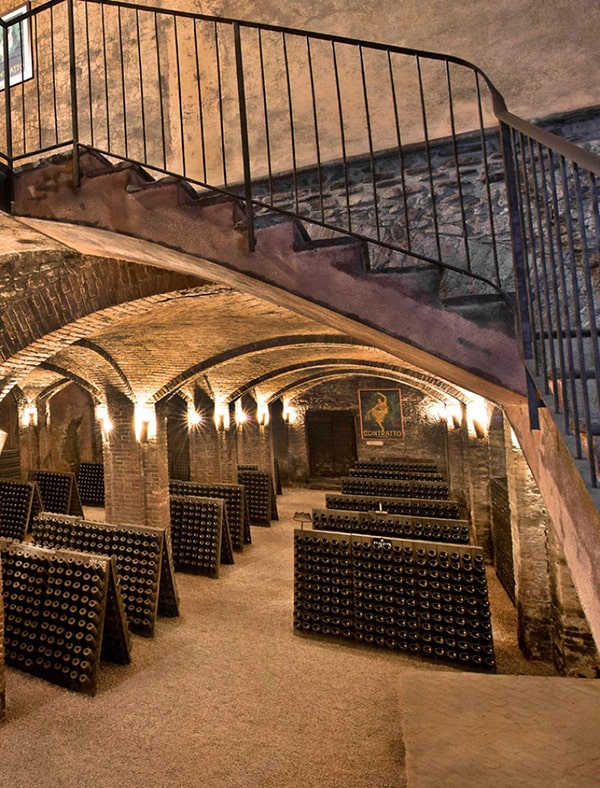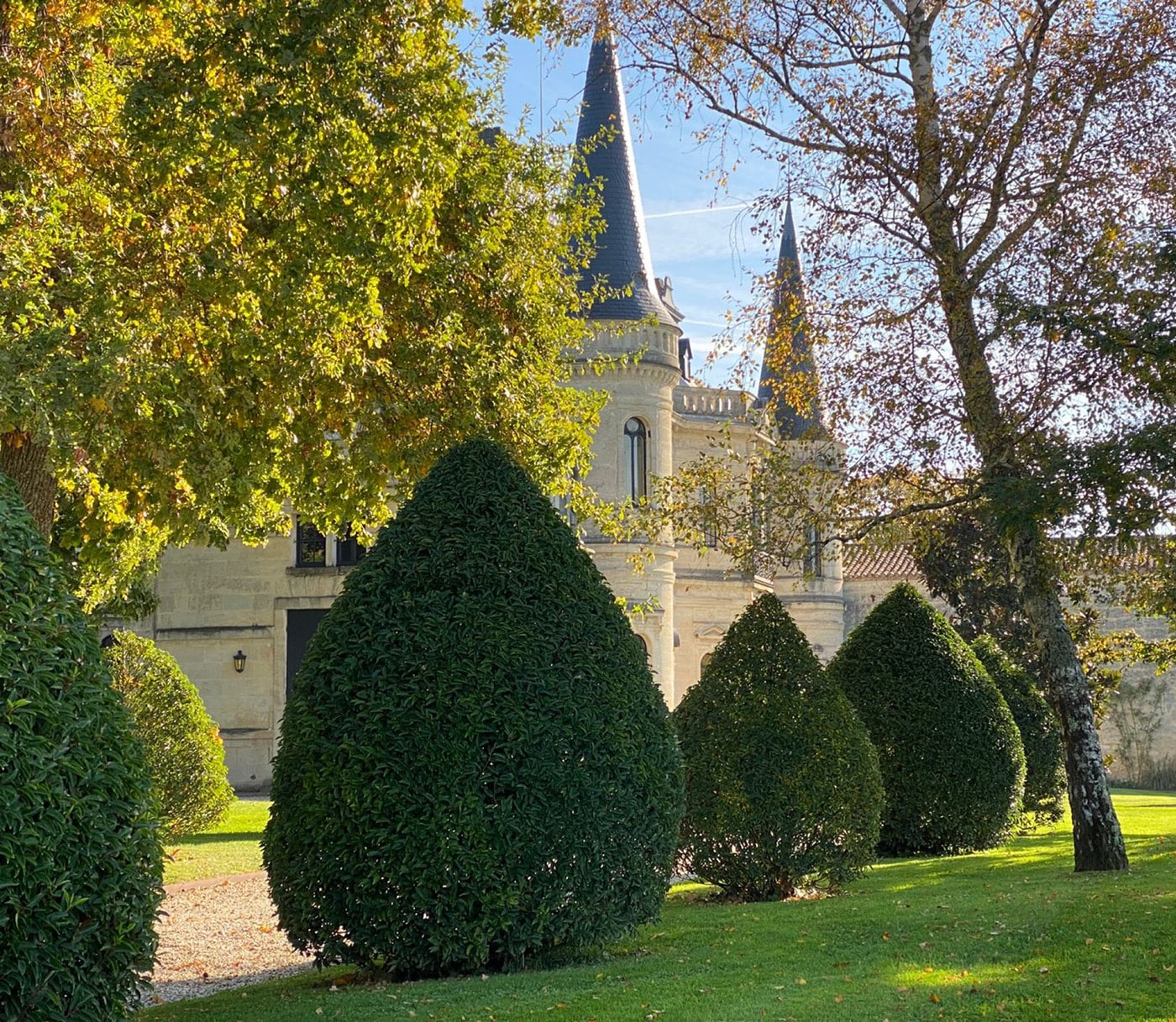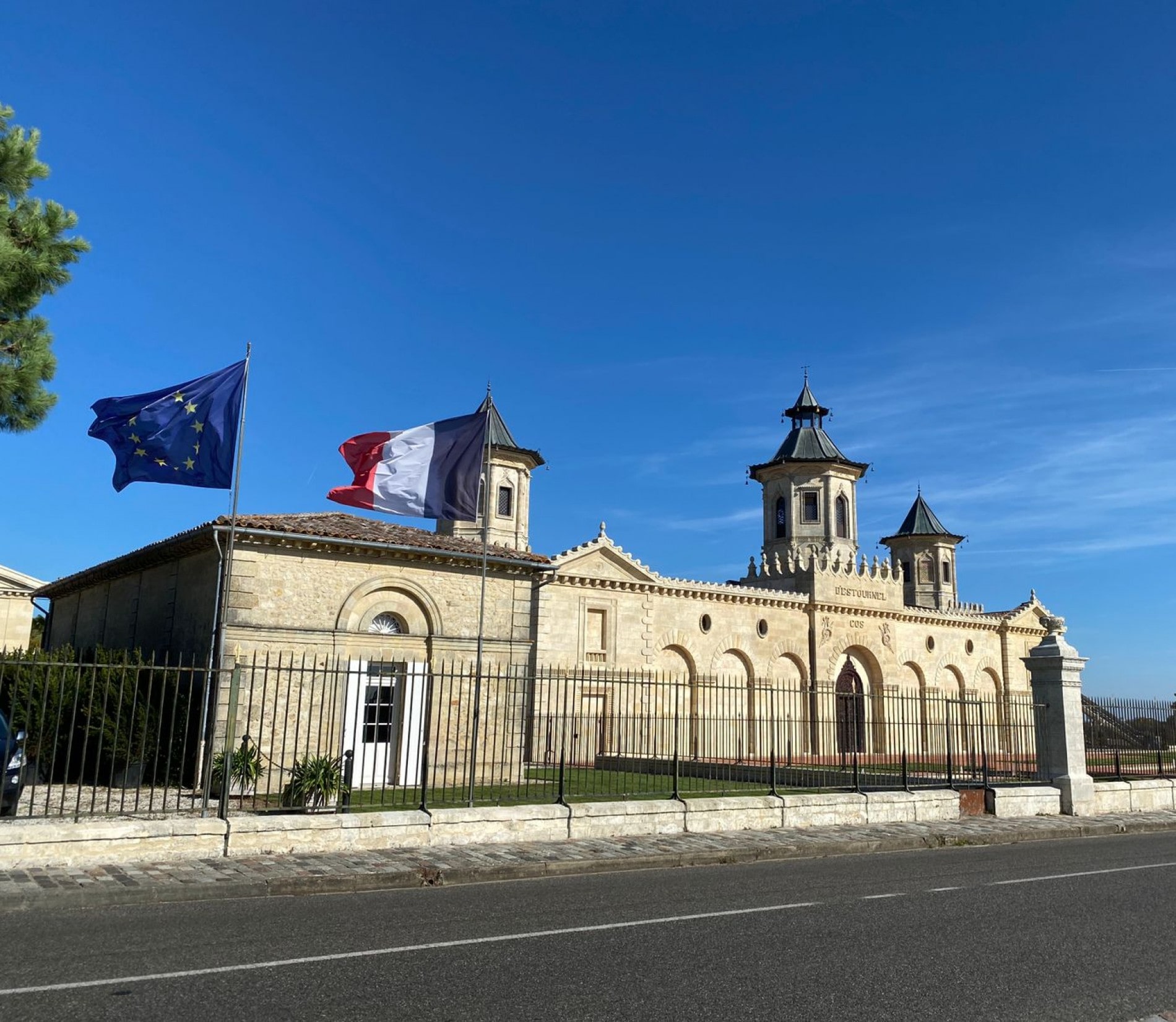Barolo was once a very concentrated and extracted wine. The classic style would require many years in a light, temperature and humidity-controlled cellar in order to reach its prime drinking form. Traditionalists argue that this classic style is the purest expression of Barolo. Many modern Barolo winemakers and producers are subscribing to a more accessible philosophy, with less extraction and fermentation of the wine. This creates a more fruit-forward and approachable wine that requires significantly less time in maturation and cellaring.
Barolo: The King of Wines
The King of Wines
- Barolo is a famous winemaking region in the Piedmont district of North-Western Italy.
- Barolo is known for its array of hillside slopes, valleys and proximity to the Alps; it is considered one of the most beautiful winegrowing regions in all of Italy. The wines are praised for their complexity, age-worthiness and collectability.
Long-Lived Wines
- Although one of the most prominent wine regions in all of Europe, Barolo can be approachable in terms of market costs, especially when compared to Burgundy. Nebbiolo, the sole red grape permitted in Barolo production, is a noble varietal often compared to Pinot Noir.
- Barolo from the most famous producers where vineyards are classified as a UNESCO world heritage command high prices due to their scarcity and age-worthiness in bottle and cellar. These fine wines can live for generations; in fact, it is recommended that many classic-style Barolos spend at least decade in the cellar before consumption.
Age-Worthy Vintages
- The wines listed below are all examples of recent exceptional vintages. These vintages are consistently scored in the upper 90s of a 100-point scale, and as a result are the most coveted bottles from their respective producers. These wines are deemed “cellar vintages” due to their complex structure and time needed to develop. Many of these wines have the capacity to live and mature in bottle for decades to come. Collectors and investors alike seek out these pristine vintages.
Vintage Ratings*
2010: 97 pts.
- A cool growing season and ideal weather before harvest; pure, elegant and structured reds, with fine potential for aging.
2013: 96 pts.
- A cooler growing season and late harvest resulted in wines of purity and finesse, with fine acidity; best Barolos since 2010.
2015: 95 pts.
- Winter snow and spring rain provided water reserves for the vines during the hot summer, resulting in vibrant Barolos with red fruit flavors.
2016: 98 pts.
- A cooler year with a slow start and adequate rainfall resulted in a long growing season and ideal harvest conditions. Balanced, vibrant and tense Barolos.
*Per Wine Spectator

Cellar
Notes.
-
1. The Barolo Wars
-
2. The Crus of Barolo
Barolo is the most important and famous region within the Piedmont region. Piedmont is home to the highest number of DOC and DOCG wines in Italy. In fact, Barolo was one of the first three DOCG-designated areas when the classification was introduced in 1980. Within Barolo, there are several vineyards that have achieved an informal “cru” status. The cru vineyards are Cannubi, Sarmazza, Brunate, Cerequio, Rocche, Monprivato, Villero, Lazzarito, Vigna Rionda, Bussia, Ginestra and Santo Stefano di Perno.
-
3. Barolo Mainstays
Barolo has several quintessential characteristics that are evident in many of the wines. Barolo has a dichotomy of pronounced tannins coupled with bright acidity. Barolo tends to be relatively high in alcohol, with ABV percentages reaching 14.5% in warmer vintages. Many tasters agree on aromas of “tar and roses” in many of the wines. Barolo tends to be a vibrant ruby colour when young, and gradually turns a brick-like garnet over time. Barolo must be aged for 38 months, 18 of which spent in barrel. To achieve “Riserva” status, the wine must be aged for 62 months prior to commercial release.
Curated Wine List
| Product | Vintage | Description | Format | Cellar Code | Price |
|---|
| Product | Description | Format & Price |
|---|



